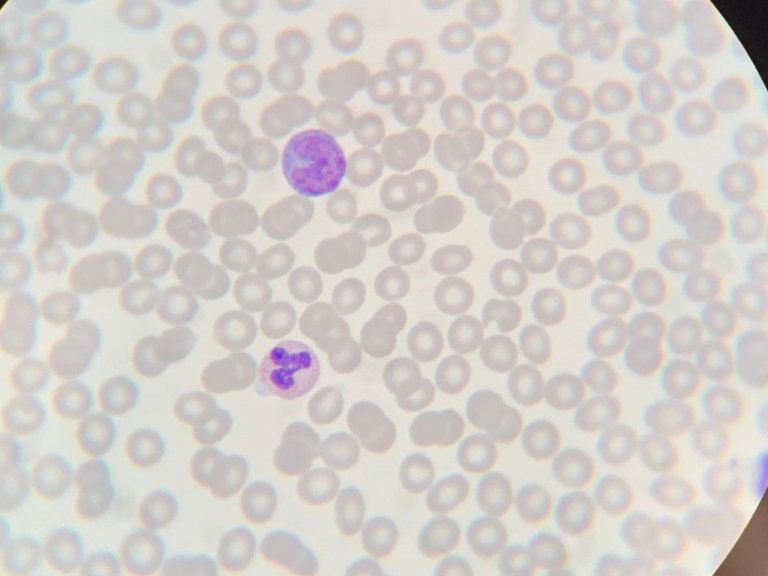To optimize fertility treatments, researchers from Amsterdam UMC and the Jeroen Bosch hospital set up the Antarctica-2 study, using money from ZonMW, consisting of 23 hospitals in the Netherlands. This study looked at whether there was a difference in pregnancy chances between monitoring at home and monitoring at the hospital. A total of 1464 women participated in this study. 732 women underwent home monitoring of ovulation and the other 732 women had ovulation monitored in hospital. At home, monitoring consists of the monitoring of urinal hormone levels.
During IVF, placing embryos in the natural cycle is preferable. It is then unnecessary to treat women with medication for a long time, which is beneficial as medication increases the risk of complications in pregnancy. However, if there is no regular cycle, an artificial cycle is created using the aforementioned medication. In both cases monitoring is necessary to track ovulation.
Global implications
Analysis of the study data now shows that home monitoring is just as good as hospital monitoring, when placing frozen embryos in women, experiencing a natural ovulation cycle. There is the same result in terms of pregnancy results and babies born. The results of this study have implications for all IVF treatments worldwide. "The importance of sustainability is becoming increasingly clear as our climate changes. In addition, it is important to limit costs in healthcare where possible, home monitoring allows use to optimise our resources."
Empowered
Monitoring at home has many benefits for the women involved. It is also more sustainable and cost-effective: if women monitor at home there are fewer appointments and, also, fewer travel costs. Project leader Femke Mol says, "Women experience home monitoring as more private and they feel more empowered during this treatment. In addition, there are significant benefits when it comes to durability and cost when women can do most of this treatment from home. There are far fewer travel movements, so it's also better for the environment."




